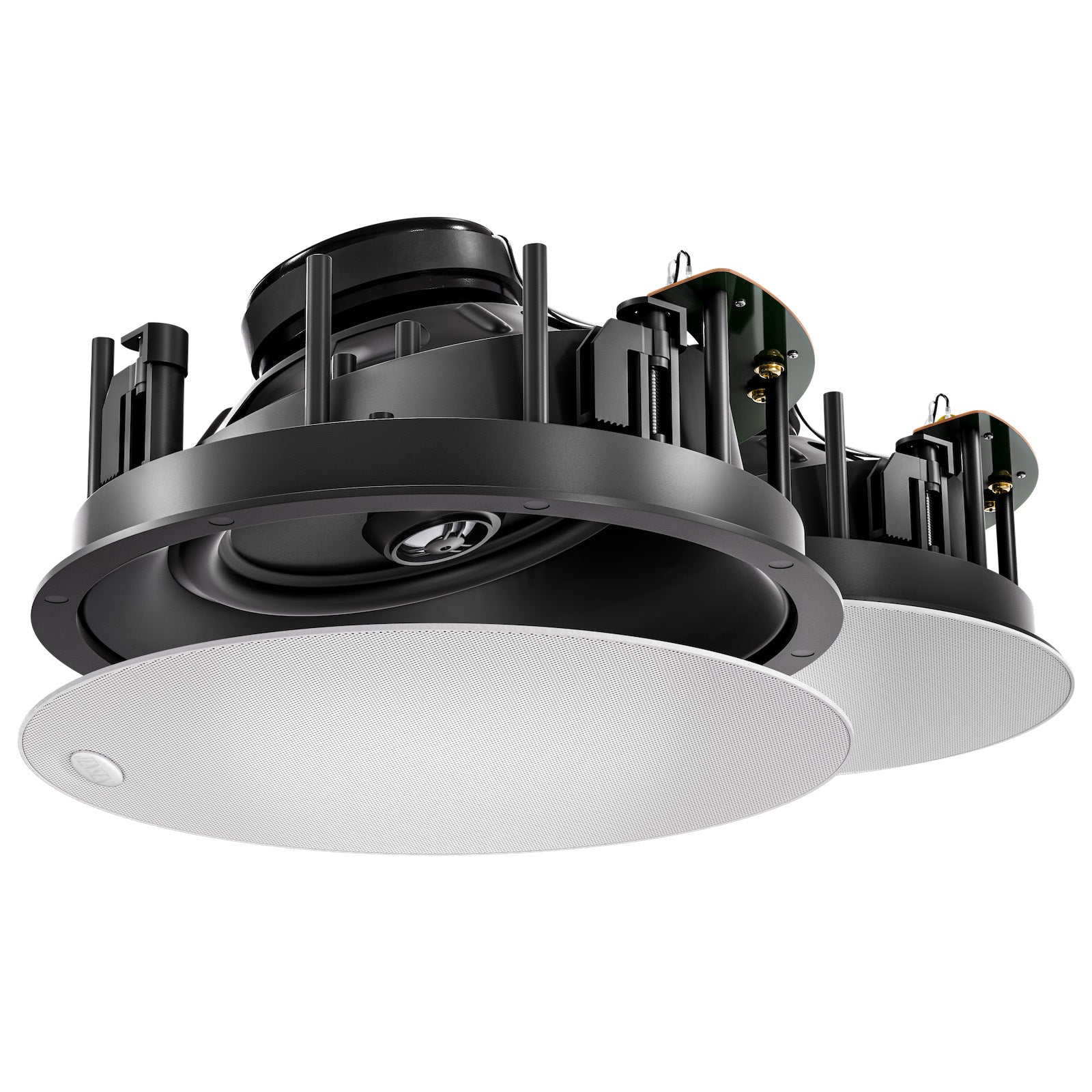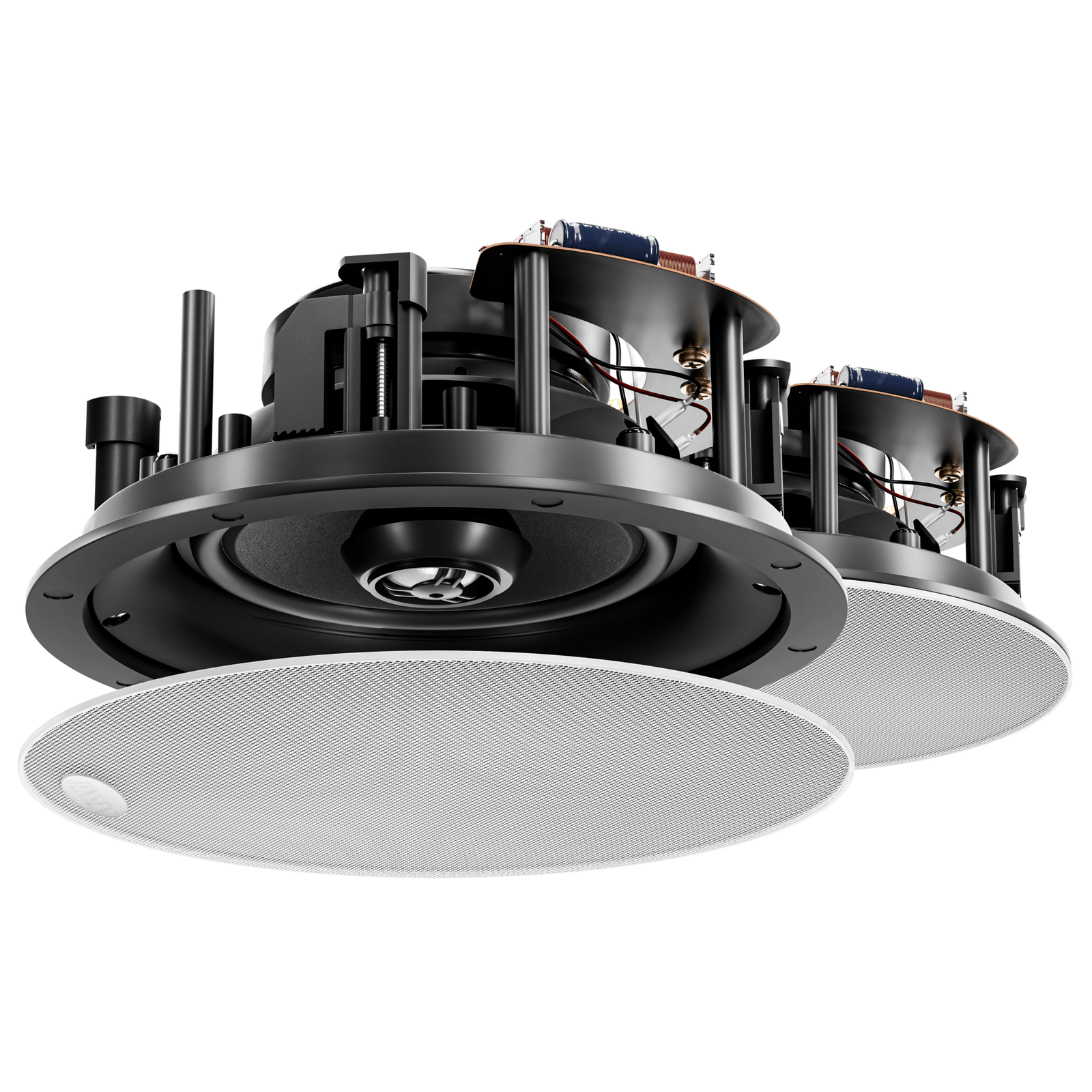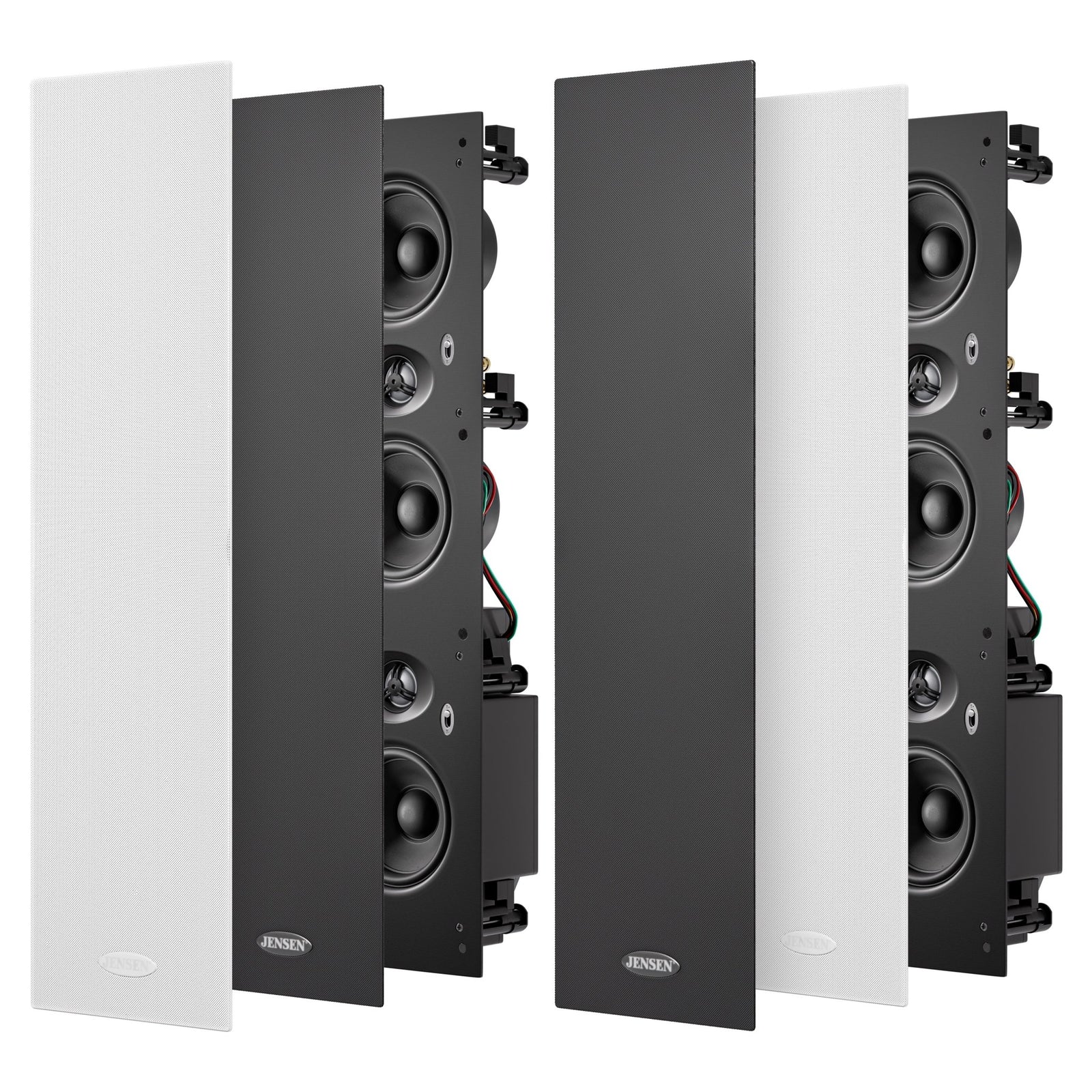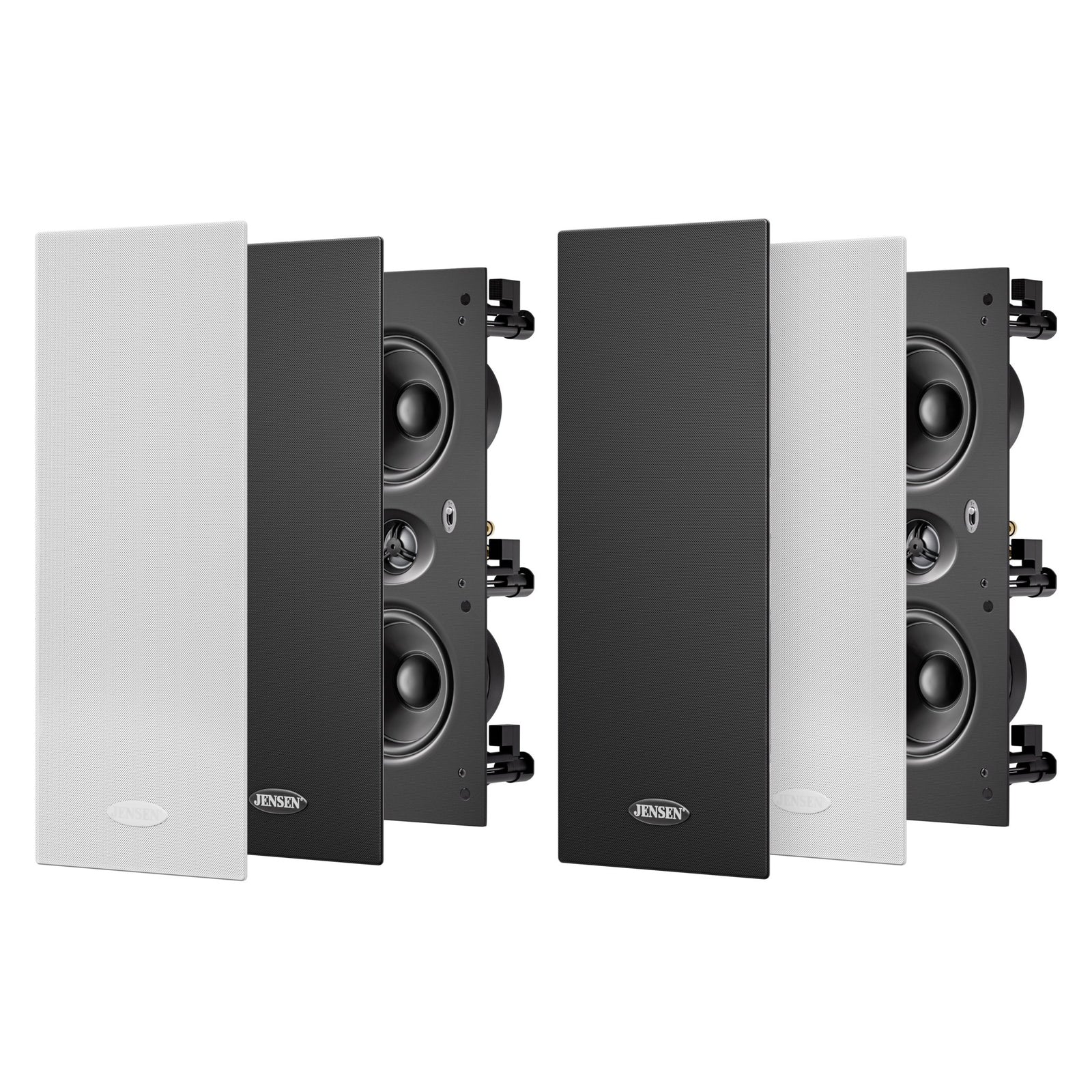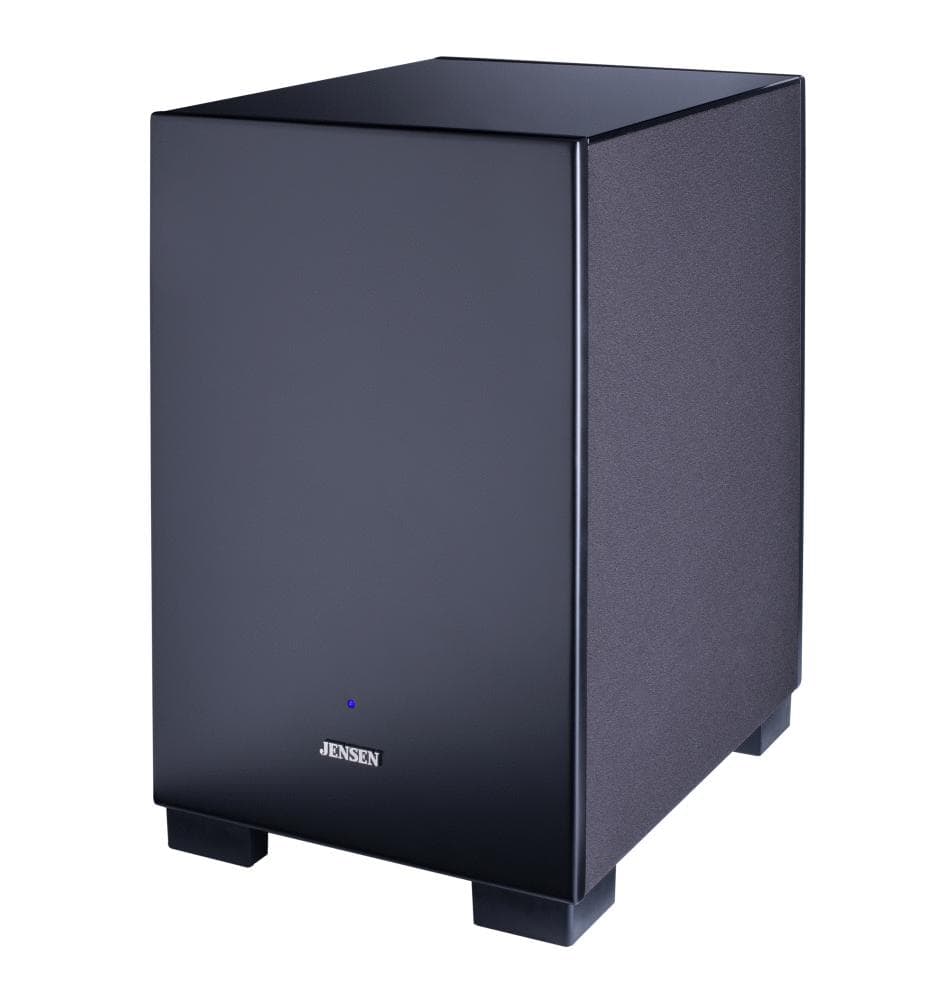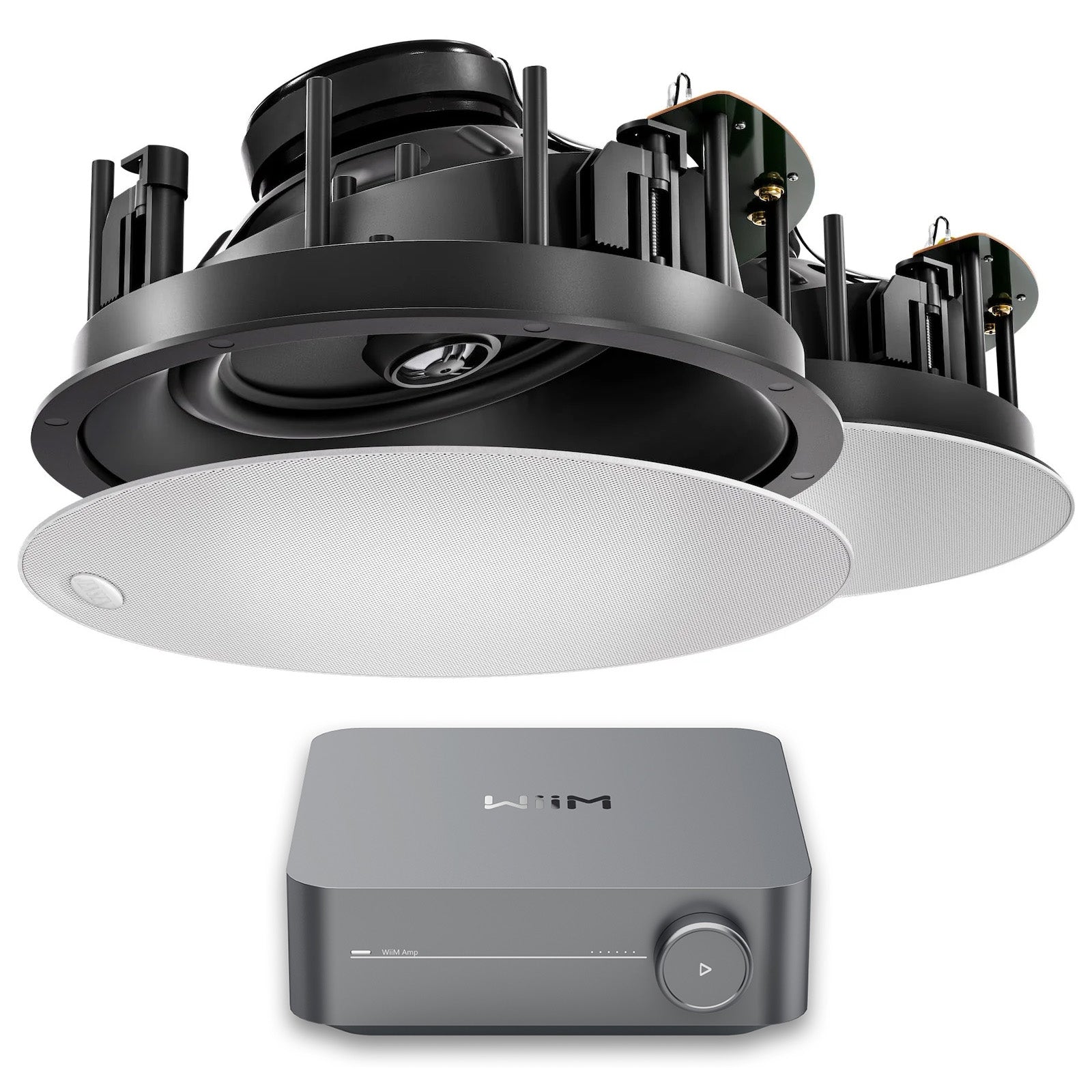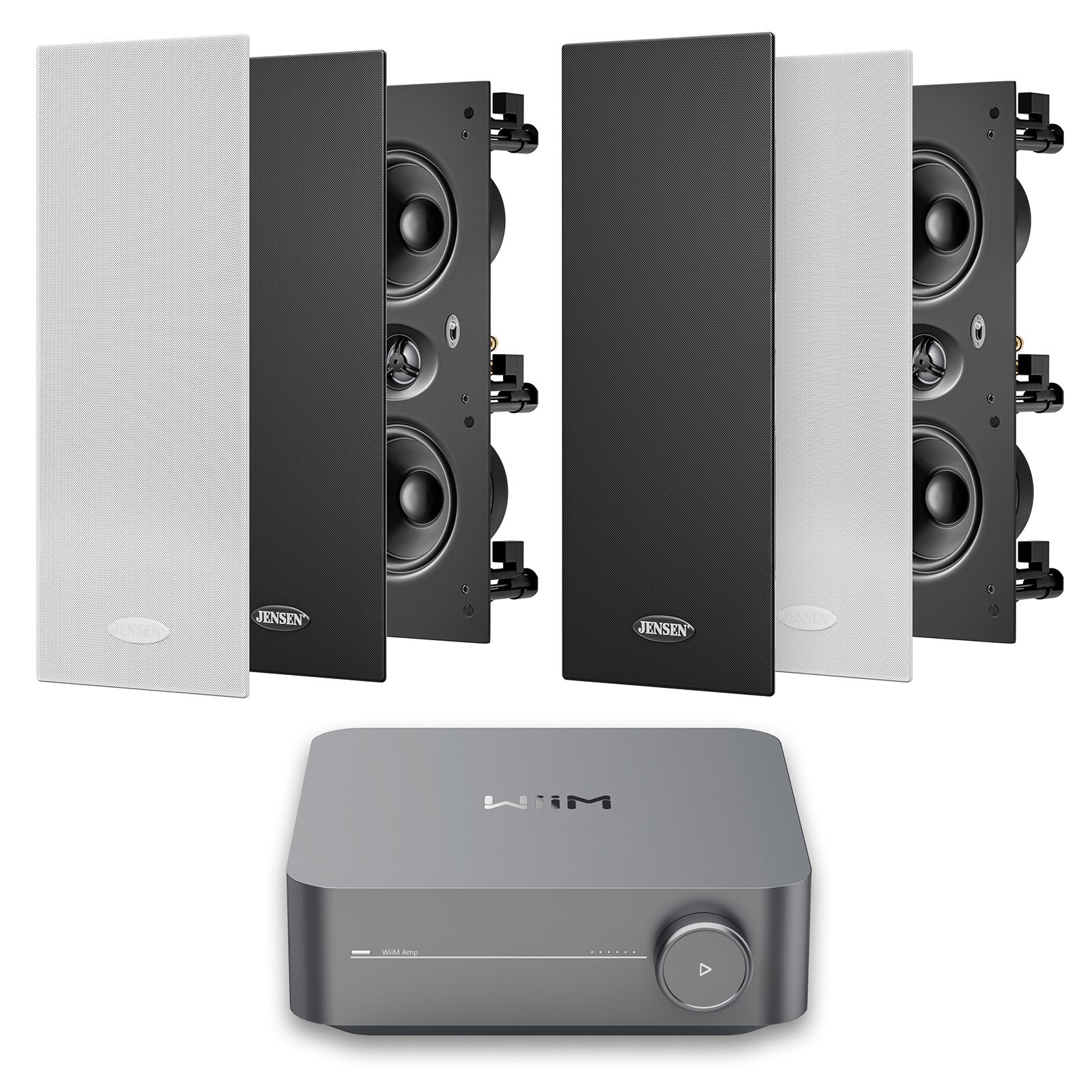Room Acoustics: Does Your Room Sound Terrible?

You can do your research, dish out the cash, and pick up a killer home theatre system that could perform like you’re sitting in a “Gold Class” cinema…
But what if your room acoustics are a total nightmare?
Many of our clients ignore the whole concept of room acoustics when they’re putting their systems together.
Sometimes this works out just fine because some rooms ARE just fine. Other times they’re missing out on the true potential of their new speaker system.
To make sure you’re not falling into the latter, we put together this quick-reading, practical guide to room acoustics for your home theatre.
Read on to get the full scoop.
Are room acoustics important?
There is a good reason “room acoustics” is a topic people bring up in home theatre: It matters.
Every sound that comes out of your speakers not only makes its way to your ears — it also travels around your room.
If it encounters anything that it can resonate with, it will bounce off and change the sound waves that you hear.
That means your high-performance system can put out perfect sound and you can still get annoying echo, or “shrill highs,” or ridiculous boomy bass.
These effects are why you can find attractive acoustic panels for home design. They’re also why many AV receivers have “room calibration” features (more on that below).
Those things can be helpful… but here’s the good news: Those things aren’t necessary to improve your room acoustics.
Understanding room acoustics
The most important thing for you to know about the acoustics of your entertainment room is that big, consistent, hard surfaces are bad. Here are some examples:
- Open Walls
- Hardwood Floors
- Concrete Floors
- Floor to Ceiling Windows
- Empty Corner (behind a subwoofer -- this causes bass resonance)
If you can eliminate these areas that can cause resonance, you can enjoy a far better performance out of your speakers.
So the question is… how do you do this?
How to improve the acoustics of your room
Like I said, you do not NEED to get acoustic panels and perform a microphone calibration to improve things.
You can improve the acoustics of your room in the following ways:
- Put rugs down on your hardwood / concrete floors.
- Add bookshelves, hanging pictures, and furniture to break up soundwaves.
- Use curtains on your windows (not too thin — thick curtains absolutely murder resonance).
- Put furniture in the corners behind your subwoofer.
If big, consistent, hard surfaces are the enemy… your friend will be random, textured, soft(er) surfaces.
Obviously you want to keep your home design in check and make it look good.
Just keep this simple primer on room acoustics in your mind as you design a home theatre room. You’ll get so much more out of it!

AV Receiver Calibration
You probably already know this, but in order to power your speaker system you’ll need an AV receiver.
All the modern receivers are versatile and act as a device hub for all your sources (Blu-ray player, CD player, Airport Express, Chromecast, TV, etc. etc.) as well as an amplifier for your speakers.
Seriously… they pack these things out with features nowadays.
What we want to look at right now is, the fact that they add a “microphone calibration system” to the receiver so you can sit back while it adjusts itself to your unique room.
“Holy cow! That sounds so easy and helpful!”
Yes, it’s a clever idea. But the truth is, it may NOT sound better after you do it. I’ve heard room calibration sound better, and I’ve also heard it sound WORSE.
So I want to quickly tell you how to decide whether or not to use the calibration system.
What does microphone calibration do?
There are two things at play when you run the microphone calibration on your receiver.
1. It adjusts the relative volume levels of all the speakers in your system.
This allows speakers that are further away to play a little louder so they blend with speakers that are close.
The system also tries to determine the size of your speakers during this phase.
2. It adjusts the frequency response of all the speakers in your system.
This is where “room correction” comes strolling into the picture.
When your room is acting silly, it’s either adding too much to certain frequencies or it’s sucking the life out of certain frequencies.
This “automatic EQ” function tries to keep the lows, mids, and highs on level ground.
Microphone calibration doesn’t always “nail it”
The unfortunate fact of this adjustment process is: It’s not perfect.
So what I recommend is that you run the calibration program (they take 5-10 minutes), put on a song that you know and love, and go with your ears!
Listen with the calibration settings turned ON; listen again with them turned OFF. (Personally, I like at least 90 seconds of playback.)
I know that sounds like a “cop-out” because it’s not a definitive answer.
But I want you to know the honest truth about this and…
…in many years of experience…
I’ve found that unless the room is not ideal these calibrations are hit-and-miss.
So whether you’re using the Denon & Marantz Audyssey system, or the Yamaha YPAO, or whatever…
The room calibration program should be tested.
And if you switch from ON to OFF and aren’t sure if there’s any difference… then the difference is negligible!
And a negligible difference in sound quality is not worth your time. So stick with having the settings ON and leave it at that.
A quick note to people who don’t have access to room calibration (like stereo-only systems):
Do what you can to make sure your room has rugs, curtains, and furniture to break up resonance.
The calibration system can help you out and it’s worth testing (especially if your room has open surfaces that can cause resonance). But it’s not THAT big of a deal.
If you soften the acoustics of your room with bookshelves and other items, it will do most of the job for you.
Then… you can crank ‘er up and start blowing minds with your mad home theatre system!
